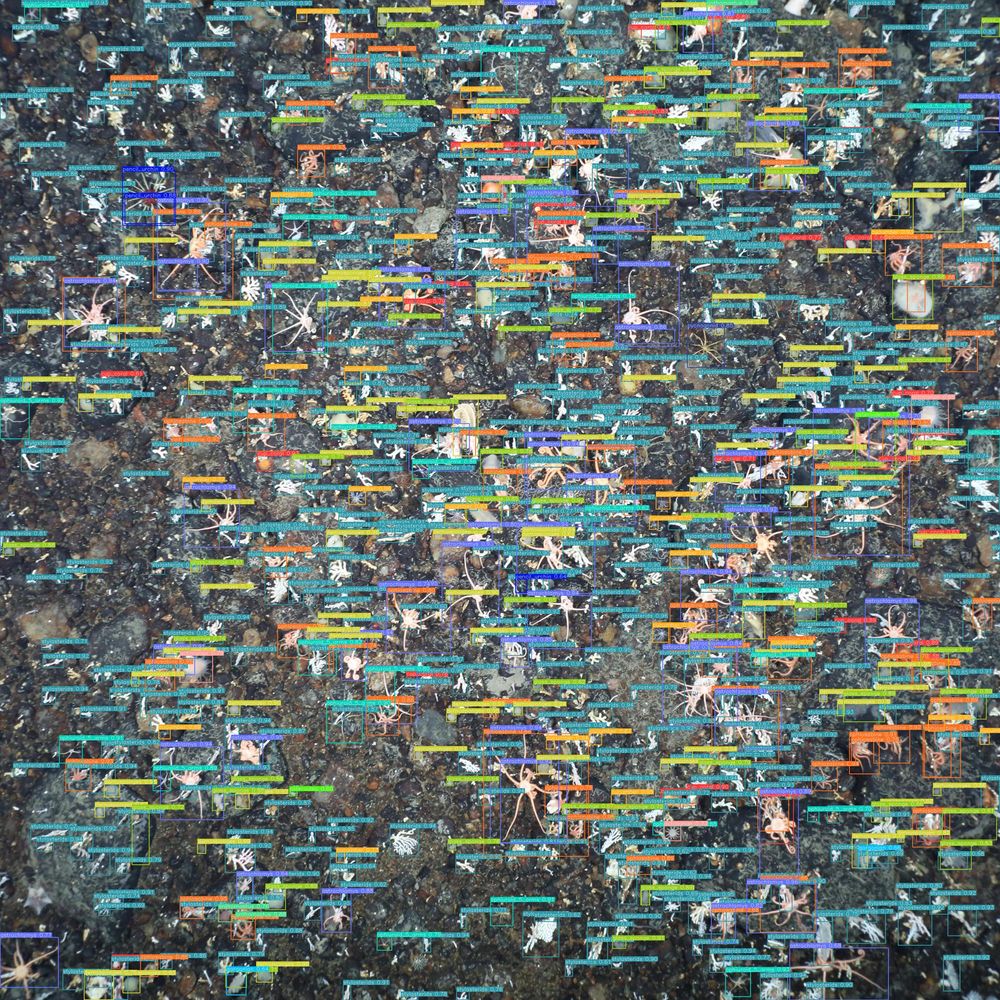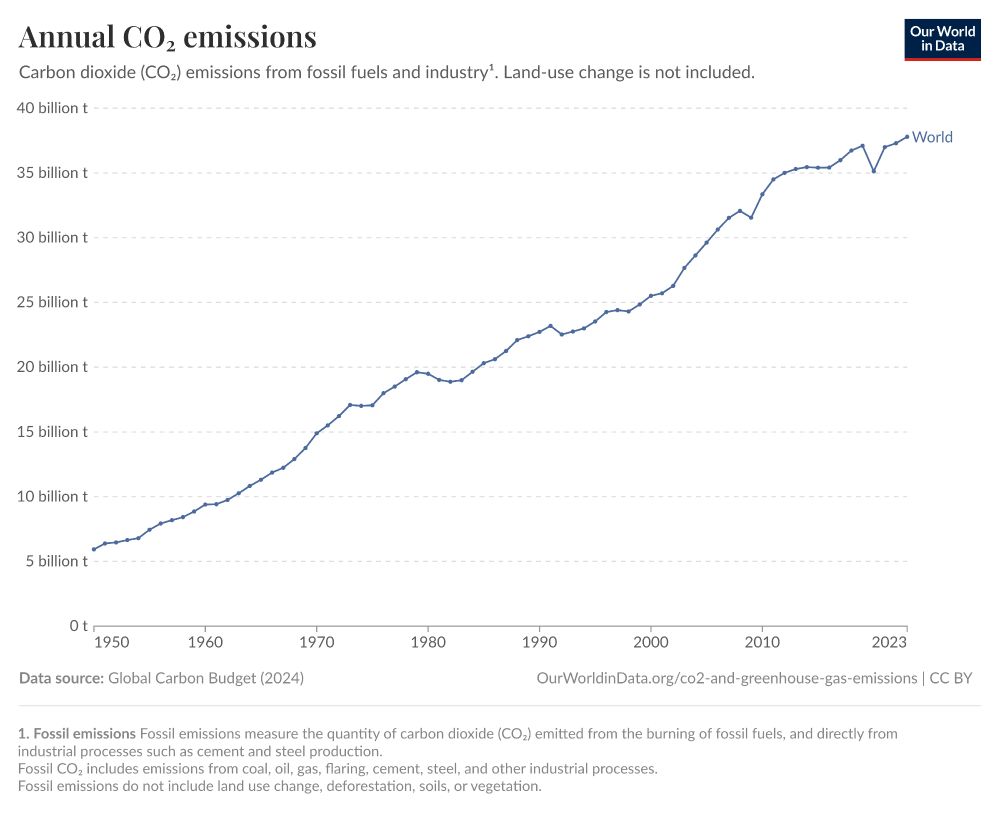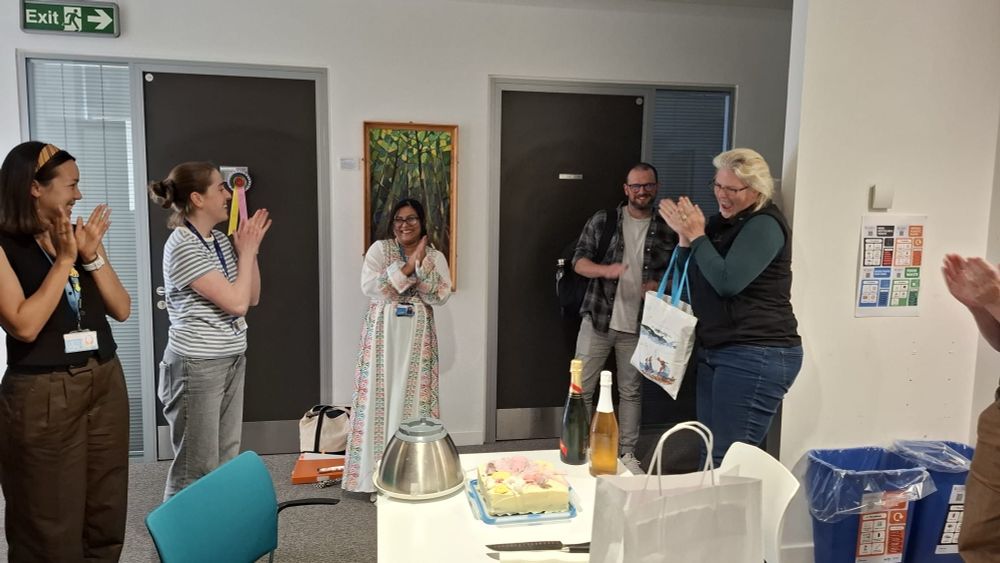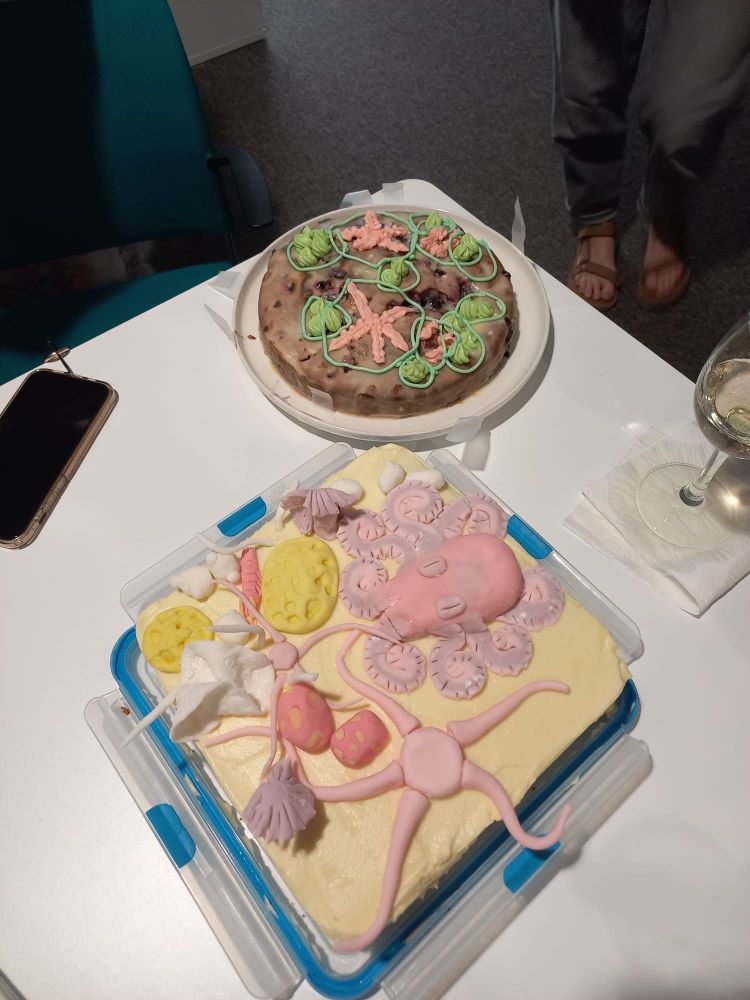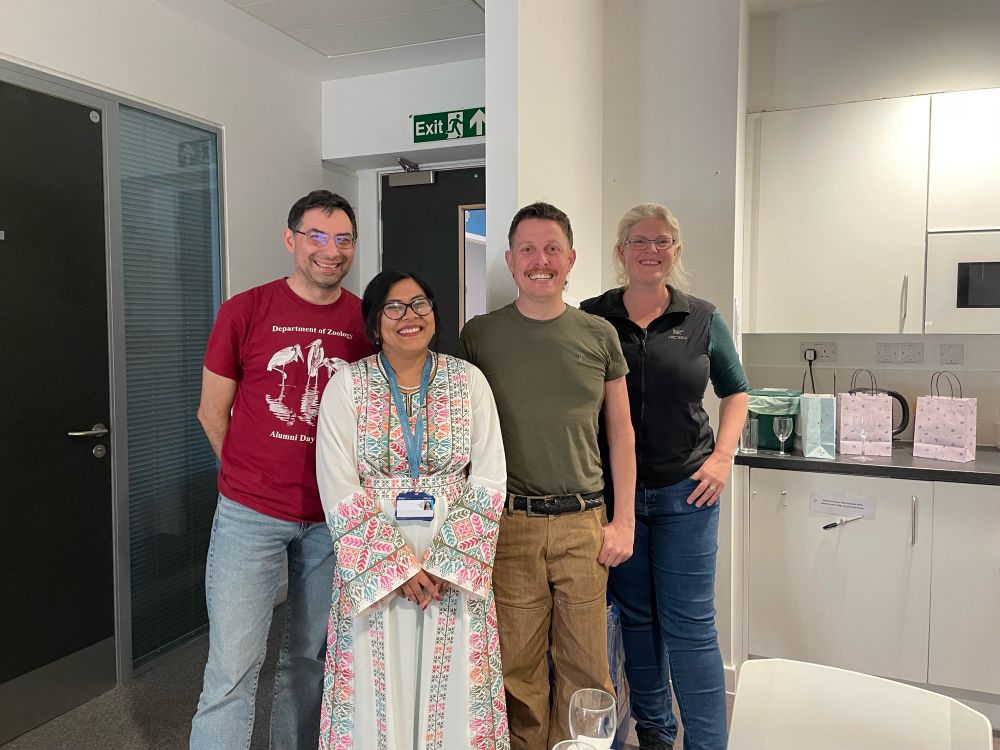Ming Khan
@ming-tfk27.bsky.social
280 followers
120 following
53 posts
Postdoc at PalaeoFAU Germany, currently studying range shifts in forams. From Bangladesh, previously at University of Cambridge Zoology & British Antarctic Survey (PhD) studying Antarctic benthic ecology; PalaeoFAU (MSc); and Cornell University (BS).
Posts
Media
Videos
Starter Packs
Reposted by Ming Khan
Reposted by Ming Khan
Reposted by Ming Khan
Reposted by Ming Khan
Thomas Bauska
@tinyicybubbles.bsky.social
· Jun 23
Reposted by Ming Khan
Ming Khan
@ming-tfk27.bsky.social
· May 24
Ming Khan
@ming-tfk27.bsky.social
· May 24
Ming Khan
@ming-tfk27.bsky.social
· May 24
Ming Khan
@ming-tfk27.bsky.social
· May 14
Ming Khan
@ming-tfk27.bsky.social
· May 12
Ming Khan
@ming-tfk27.bsky.social
· May 9
Ming Khan
@ming-tfk27.bsky.social
· Mar 22
Ming Khan
@ming-tfk27.bsky.social
· Mar 22
Ming Khan
@ming-tfk27.bsky.social
· Mar 21
Ming Khan
@ming-tfk27.bsky.social
· Mar 21
Ming Khan
@ming-tfk27.bsky.social
· Mar 20

